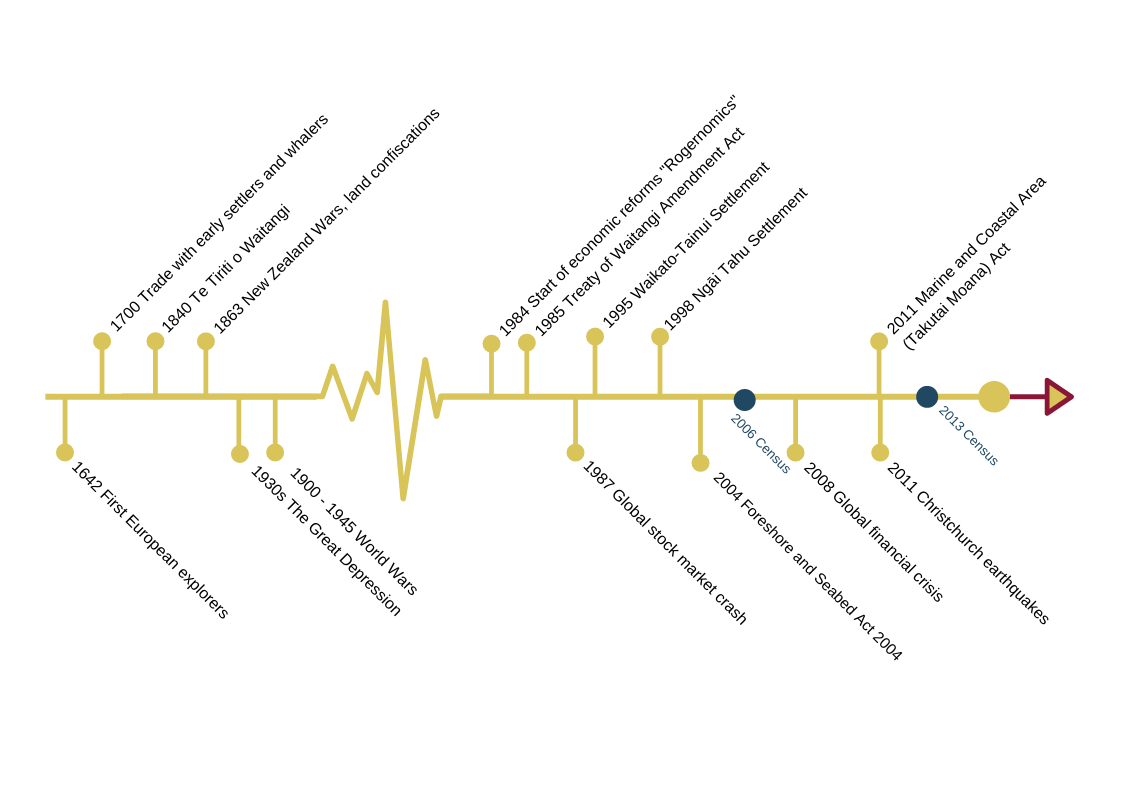The future Māori workforce - Part three
To create a foundation for our research, we explored the forces that have shaped and influenced the Māori workforce, both from within Aotearoa/New Zealand and globally. Colonialisation, the world wars, and the treaty settlement process, among other events, have all had significant implications for where and how Māori work.

More recently, Aotearoa experienced the Global Financial Crisis and the Christchurch earthquakes. This period is captured in the movements observed from Census 2006 to Census 2013. By examining the changes in the Māori population and workforce during this period we can learn much about the influence of these events.
Our headline findings from stage one are:
The Māori population is young….
- With 58 percent of the population under 30 years old
- But 25 to 40 year olds are leaving Aotearoa – the majority going to Australia
….and a growing proportion of the workforce:
- Currently 13 percent of the workforce, and will be nearly 20 percent in 2040
- Reduction in 15 to 19 year olds employed – we assume they now stay longer in education
- Older Māori are staying in employment longer
…..but still earn less than their counterparts:
- In total, the Māori population earn $2.6 billion per year less than if they earned the average income
- Income gaps for younger age groups are not as pronounced, suggesting this gap will improve over time.
However, the fastest growing occupations are skilled and high skilled occupations:
- Large growth in high skilled and skilled occupations
- Largest occupations in 2013 were specialist managers and educational professionals, both high skilled jobs
…..although about half of Māori are still in low skilled occupations, this number is declining:
- The number of Māori employed in low skilled jobs has declined significantly, but not fast enough
- Largest occupation in 2013 is specialist managers, from factory workers in 2006
- Māori share in high tech occupations is about six percent
- With a significant proportion being young and male.
Māori self-employment is growing quickly, though with high exposure to the construction industry.
Find out more
This article is part one of a series on our research into the future of the Māori workforce. Find more about this project at:
Part one: Preparing our future Māori workforce
Part two: Writing the future work narrative
Part four: Exploring the current situation